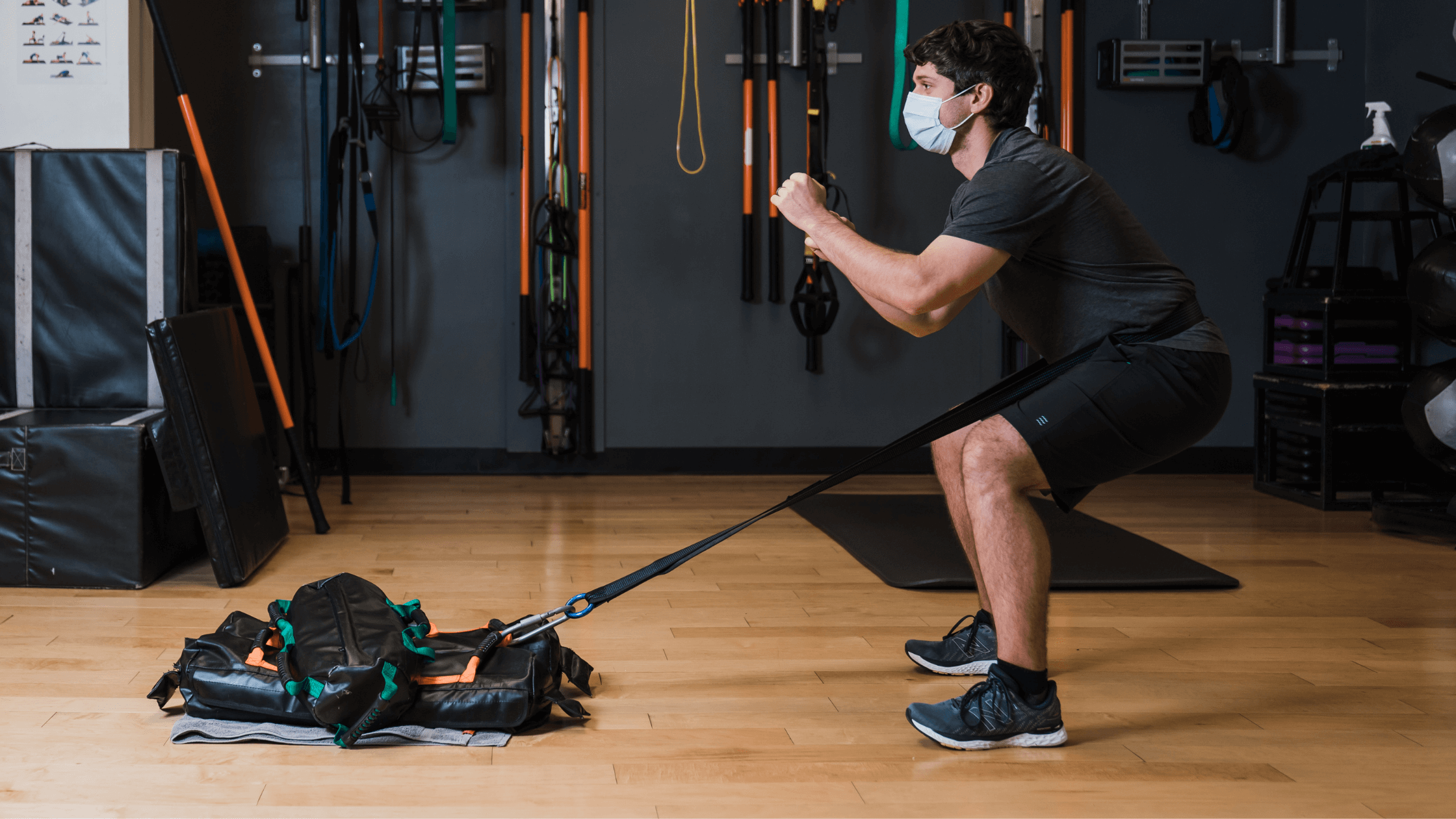What To Look For in Running Shoes: Types and How To Choose

Licensed Physical Therapist, PT, DPT // EW Motion Therapy Homewood
When you want to get serious about running as a sport, there are a few things you need to consider. First, you think about your goals. Do you want to do that marathon with your friends next year, or just learn to love running as a daily activity? Then, once you figure out your goals, it may be time to go shoe shopping. But how do you know what shoes would suit you best?
Every runner has different feet, and it is vital to make sure you have the proper shoes to propel you forward. Our Run team at EW Motion Therapy works with each of our Birmingham and Tuscaloosa clients to make sure they are running to the best of their ability, including what shoes they need to do so. Even if you choose not to seek the help of our experts, we still want to advise on which shoes might work best for how you run.
This article covers the different kinds of running shoes and provides advice on which shoes might be best for you. With this information, you can buy a new pair that you know is just right for your feet.
What kinds of running shoes are there?
Selecting the appropriate running shoe is crucial for both performance and injury prevention. Running shoes are generally categorized into two main types: neutral and stability shoes. Understanding the differences between these categories and identifying which aligns with your foot mechanics can enhance your running experience.
Neutral running shoes
Neutral running shoes are designed for individuals with a natural gait cycle, where the foot experiences minimal pronation—meaning it doesn’t excessively roll inward upon landing. These shoes provide cushioning to absorb shock and offer flexibility to promote a natural foot motion. They are typically suitable for runners with normal to high arches.
Features of Neutral Shoes:
- Cushioning: Ample cushioning to absorb impact forces during running.
- Flexibility: Designed to allow the foot to move naturally without additional support structures.
- Lightweight: Generally lighter due to the absence of stability features.
Recommended Neutral Running Shoes:
- Brooks Ghost 16: Known for its balanced cushioning and smooth ride, making it a versatile choice for various distances.
- ASICS GEL-Nimbus 27: Offers plush cushioning and a comfortable fit, ideal for long-distance runners seeking a soft underfoot feel.
- Nike Air Zoom Pegasus 40: Combines responsiveness with durability, suitable for daily training sessions.
Stability running shoes
Stability running shoes are engineered for runners who exhibit overpronation, where the foot rolls inward excessively during the gait cycle. This overpronation can lead to misalignment and increase the risk of injuries. Stability shoes incorporate supportive features to correct this motion, providing a more controlled and efficient stride.
Features of Stability Shoes:
- Medial Support: Incorporation of denser foam or supportive structures on the inner side of the shoe to prevent excessive inward rolling.
- Arch Support: Enhanced support accommodates low to flat arches commonly associated with overpronation.
- Structured Cushioning: Balances cushioning with support to maintain comfort while controlling motion.
Recommended Stability Running Shoes:
- Brooks Adrenaline GTS 23: Features GuideRails support technology to control excess movement and ensure a smooth and stable ride.
- ASICS GT-2000 12: Provides dynamic DuoMax support system to enhance stability without compromising cushioning.
- Saucony Omni 22: Designed with a supportive frame and ample cushioning, it is ideal for moderate to severe overpronators.
By selecting a running shoe that aligns with your foot’s biomechanics, you can enhance comfort, improve performance, and reduce the risk of injury. It’s advisable to try on multiple models within the appropriate category to find the best fit for your individual needs.
Which shoes should I choose?
To identify whether you need a neutral or stability shoe, consider the following steps:
- Gait analysis: Undergo a professional gait analysis at a specialized running store or with a physical therapist. This assessment observes your foot mechanics during running to determine your pronation pattern.
- Arch assessment: Perform a simple wet test by wetting your foot and stepping on a piece of paper to observe your arch type. A high arch typically indicates the need for neutral shoes, while a low or flat arch suggests a stability shoe may be beneficial.
- Previous injuries: Consider any past injuries or discomfort experienced during running, as this may influence your required support.
- Comfort and fit: Regardless of the category, ensure the shoe fits well and feels comfortable during your typical running activities.
Ultimately, you should choose the running shoes that are the most comfortable on your feet. Also, understand that different shoes can be used as tools to be a more successful runner. Lighter, smaller shoes can often be used for faster efforts, while the bulkier, highly cushioned shoes may work better for easy runs and walking. Finding the right balance of cushioning and support is more important than matching the current trend. Just because a shoe is the most popular on the market does not mean it is the best shoe - doing your research and trying some on is one of the best ways to determine which shoes are right for you.
What if I don’t know what I need?
Now you know more about running shoes and how to choose some based on your needs. If you are new to running and unsure what kind of shoes you need, getting professional advice is never a bad idea. Especially if you have been injured, seeing a physical therapist can be a great first step, as they can watch you run and provide advice.
When we have Run clients at EW Motion Therapy who need further expert advice, we send them to our friends at the closest Trak Shak location. There, they will combine the advice of the physical therapist with their own shoe expertise to give you more guidance on what category of shoe you need. If you are interested in seeing one of our Run specialists for advice on what your body needs, fill out the Request an Appointment form on our website, and someone from our staff will contact you within 48 hours with your next steps.


